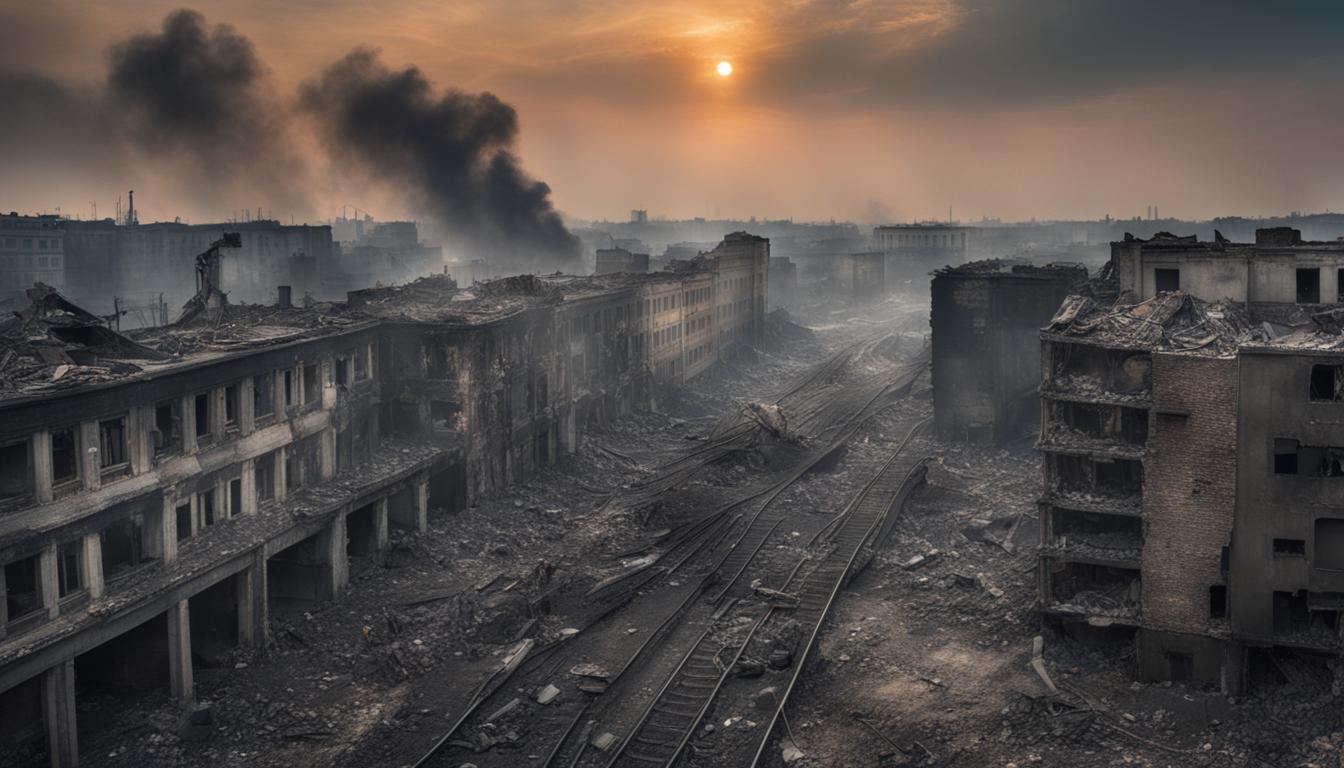Russia has escalated its military assault on Ukraine, targeting energy infrastructure and causing widespread disruption, alongside indications of a forthcoming political reshuffle as tensions with NATO increase.
Russia has launched a substantial military offensive against Ukraine, targeting the country’s energy infrastructure with over 50 cruise missiles and drones. This attack has affected various regions including Kyiv, damaging homes and the rail network. Ukrainian President Volodymyr Zelenskyy reported significant disruptions, highlighting the targeting of multiple energy facilities which affected civilian infrastructure and industry across Ukraine. These strikes are part of a broader strategy by Russia to debilitate Ukraine’s capabilities in both manufacturing and military responses.
Additionally, there has been a noted decrease in Russia’s use of the Kerch Bridge for military supplies, shifting instead to land routes through eastern Ukraine. This change follows several Ukrainian attacks on the bridge, suggesting a strategic modification in Russia’s logistical operations amid ongoing conflicts.
On the political front, speculation is rife in Russia about a potential government reshuffle following President Vladimir Putin’s inauguration for a fifth term. This speculation is fueled by the arrest of Defense Minister Sergei Shoigu’s deputy on corruption charges and ongoing discussions about the stability of Foreign Minister Sergei Lavrov’s position.
In a related development, President Putin showed a complex range of emotions during his inauguration ceremony, ultimately emphasizing Russia’s unity and strength in his speech. This event took place against a backdrop of international criticism and domestic challenges, including continued opposition to Russia’s actions in Ukraine.
Meanwhile, tensions between Russia and NATO are escalating, with NATO expressing concerns over possible Russian incursions into NATO territories. Jarosław Stróżyk, head of Poland’s counterintelligence, indicated that Russian President Putin might be considering a limited military operation to test NATO’s response, potentially targeting the Baltic States or Swedish territories.
As these conflicts and political maneuvers unfold, the situation remains complex and fluid, with significant implications for both regional and global stability.













